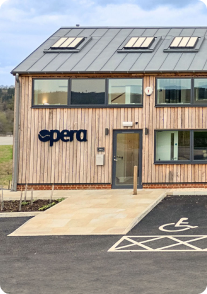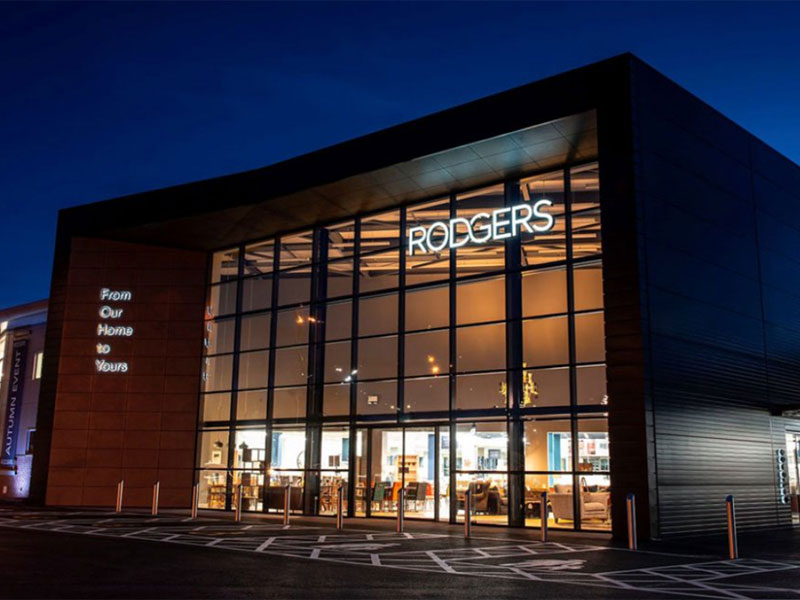Architects and designers of dementia-friendly buildings in the UK are turning to virtual reality to give them a greater intelligence of how things are seen by people with dementia. A virtual reality device that replicates the visual impairments experienced by dementia patients is leading to new ideas and focussing design concepts.
Dementia affects a lot of people in the UK and patient numbers continue to rise. Also on the increase is the need for more dementia-friendly environments and a greater understanding of the disorder. Recent statistics published by the Alzheimer's Society include:
- 1 in 6 people over the age of 80 have dementia
- There are currently 850,000 people with dementia
- Dementia numbers set to rise to over 1 million by 2025, soaring to 2 million by 2051
- 225,000 will develop dementia this year (one every three minutes)
The virtual reality concept is being well received by professionals and is proving to be an effective way to develop greater understanding in view of creating more dementia-friendly spaces.
The Virtual Reality Empathy Platform (VR-EP)
The new device is known as a Virtual Reality Empathy Platform (VR-EP) and is a market first for architectural design. It was created from the knowledge that people with dementia see environments and objects very differently, with surroundings often appearing dimmer and less colourful than they actually are. The visuals they experience can often lead to fright and confusion, pointing to the value of intelligent design and build.
The VR-EP kit includes a high-performance laptop or tablet, a virtual reality headset, a camera, a games controller, and specially designed software. The headset enables users to see an environment through the eyes of a fictional person living with dementia. The image below shows a virtual room viewed with and without the VR-EP device. By seeing this contrast, architects and designers will be able to create more dementia-friendly environments that provide a balance between homely design, reducing accidents, lessening anxiety, and helping those with dementia to live more independent lives.

It is hoped that the VR-EP kit will be used in the design of new buildings such as care homes, hospitals, and sheltered accommodation. The kit also has the potential to assess existing buildings with the view to adapting them into a more dementia-friendly environment.
The story behind the device
David Burgher, director at Edinburgh-based Aitken Turnbull Architects, is the man behind the VR-EP concept. His firm has developed the device in partnership with Glasgow-based visualisation company, Wireframe Immersive, and Sydney-based HammondCare, an independent Christian charity specialising in dementia and aged care, palliative care, rehabilitation, and older persons' mental health.
The HammondCare charity runs an independent dementia consulting service called Dementia Centre, a service that is world-renowned as a leader in dementia care, support, and design. The Dementia Centre works with healthcare professionals, carers, care operators, and facility managers to take action to improve the quality of life for people living with dementia. It contributed to the development of the VR-EP device with evidence-based research and its expert knowledge of dementia.
To find out more about the VR-EP device, visit the Aitken Turnbull Architects website or watch a recent video broadcast published by the BBC.







